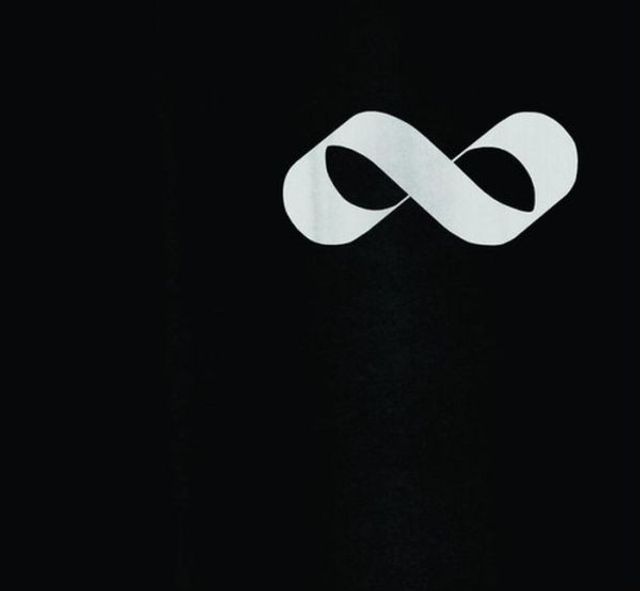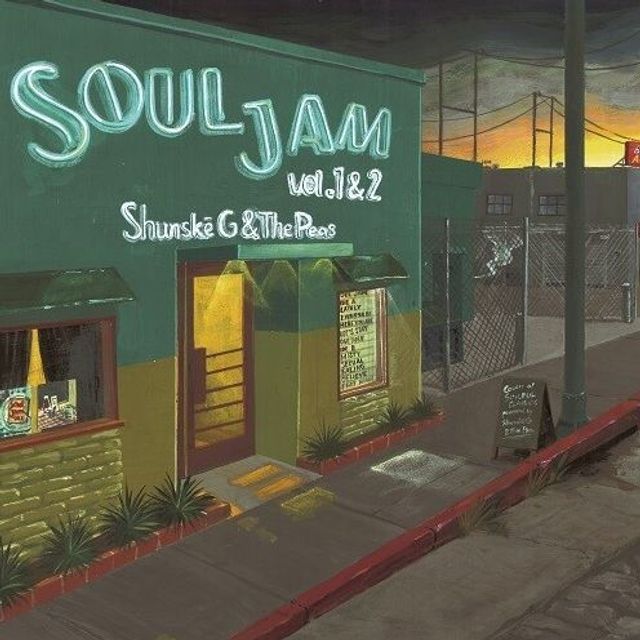Home
Demos 1973-75, Vols. 1 & 2
Barnes and Noble
Demos 1973-75, Vols. 1 & 2
Current price: $20.99


Barnes and Noble
Demos 1973-75, Vols. 1 & 2
Current price: $20.99
Size: OS
Loading Inventory...
*Product information may vary - to confirm product availability, pricing, shipping and return information please contact Barnes and Noble
Brazil's
Azymuth
are among the most important jazz fusion bands of the 1970s and '80s. Ultimately, they are best representative of Brazilian jazz in the post-bossa nova era, and as the creators of an influential hybrid music -- comprised of elements of jazz, MPB, funk, and prog rock -- known as "samba doido" (crazy samba). Their music has transcended genre boundaries and influenced two generations of musicians, beatmakers, DJs, and producers, as well as jazzers on both sides the Atlantic. While their catalog is ample evidence of this,
Demos 1973-75, Vols. 1 & 2
presents an aural view of the then-quartet preparing to reveal a sound that confronted the Brazilian jazz tradition before changing it forever, putting a geographical signifier on jazz-funk which was then exported to the world.
Keyboardist
Jose Roberto Bertrami
, electric bassist
Alex Malheiros
, drummer
Ivan Conti
, and percussionist
Ariovaldo Contesini
(who left before they recorded their 1975 self-titled debut album) were, at the time of their formation, already established, in-demand session players. All were born in 1946 and had paid their dues in bossa, samba, and MPB. They worked together in various combinations before coming together to back
Marcos Valle
on a soundtrack recording; they even took their name from one of his songs.
Bertrami
was also a noted arranger with a major-label deal who possessed a truckload of the most modern keyboard and recording gear in his home studio where these tapes were made.
's vision is amply displayed by the few tracks here that made it onto later albums -- "Prefacio," two versions of "Xingo," and the subsequent hit "Manha" among them. They reveal
as already formed, with a complete musical identity. When
presented these demos to labels, they were rejected as "wrong." It's no wonder: Check the insane synth distortion on "Xingo (Version 1)," or the proto-funk-fusion of "Melo da Cuica," with
Malheiros
's rubbery bassline. "Laranjeiras" offers a nod to
Miles
' "All Blues" before transmuting into a B-3 prog fusion ballad. The percussion and bird sounds that introduce "Duro de Roher" are buoyed by intense
Conti
rolls, fills, and breaks as
' bass pushes back furiously and
colors the implied melody with angular, funky synth textures and spacy Fender Rhodes piano. "Tempos Da Parana" is a hallucinatory exercise in nocturnal groove with killer interplay from the rhythm section surrounding melodic Rhodes vamps and solos. "Quem Tem Mado," with its
Mission Impossible
nod, prefigures the furious jazz-funk
would deliver on the monumental
Telecommunication
years later. "Juntos Misa uma Vez" is quintessential futuristic soul-jazz delivered with a summertime groove amid swelling organ and spidery synths over a breaking snare shuffle and an elegant yet dirty bassline. Many demo collections simply aren't worth the time, as they consist of reject material, bad sound, and incomplete ideas. None of this is true of
Demos
. It is an invaluable document that further evaluates
's massive and ongoing contribution (with keyboardist and arranger
Kiko Continentino
replacing the late
). Marvelous. ~ Thom Jurek
Azymuth
are among the most important jazz fusion bands of the 1970s and '80s. Ultimately, they are best representative of Brazilian jazz in the post-bossa nova era, and as the creators of an influential hybrid music -- comprised of elements of jazz, MPB, funk, and prog rock -- known as "samba doido" (crazy samba). Their music has transcended genre boundaries and influenced two generations of musicians, beatmakers, DJs, and producers, as well as jazzers on both sides the Atlantic. While their catalog is ample evidence of this,
Demos 1973-75, Vols. 1 & 2
presents an aural view of the then-quartet preparing to reveal a sound that confronted the Brazilian jazz tradition before changing it forever, putting a geographical signifier on jazz-funk which was then exported to the world.
Keyboardist
Jose Roberto Bertrami
, electric bassist
Alex Malheiros
, drummer
Ivan Conti
, and percussionist
Ariovaldo Contesini
(who left before they recorded their 1975 self-titled debut album) were, at the time of their formation, already established, in-demand session players. All were born in 1946 and had paid their dues in bossa, samba, and MPB. They worked together in various combinations before coming together to back
Marcos Valle
on a soundtrack recording; they even took their name from one of his songs.
Bertrami
was also a noted arranger with a major-label deal who possessed a truckload of the most modern keyboard and recording gear in his home studio where these tapes were made.
's vision is amply displayed by the few tracks here that made it onto later albums -- "Prefacio," two versions of "Xingo," and the subsequent hit "Manha" among them. They reveal
as already formed, with a complete musical identity. When
presented these demos to labels, they were rejected as "wrong." It's no wonder: Check the insane synth distortion on "Xingo (Version 1)," or the proto-funk-fusion of "Melo da Cuica," with
Malheiros
's rubbery bassline. "Laranjeiras" offers a nod to
Miles
' "All Blues" before transmuting into a B-3 prog fusion ballad. The percussion and bird sounds that introduce "Duro de Roher" are buoyed by intense
Conti
rolls, fills, and breaks as
' bass pushes back furiously and
colors the implied melody with angular, funky synth textures and spacy Fender Rhodes piano. "Tempos Da Parana" is a hallucinatory exercise in nocturnal groove with killer interplay from the rhythm section surrounding melodic Rhodes vamps and solos. "Quem Tem Mado," with its
Mission Impossible
nod, prefigures the furious jazz-funk
would deliver on the monumental
Telecommunication
years later. "Juntos Misa uma Vez" is quintessential futuristic soul-jazz delivered with a summertime groove amid swelling organ and spidery synths over a breaking snare shuffle and an elegant yet dirty bassline. Many demo collections simply aren't worth the time, as they consist of reject material, bad sound, and incomplete ideas. None of this is true of
Demos
. It is an invaluable document that further evaluates
's massive and ongoing contribution (with keyboardist and arranger
Kiko Continentino
replacing the late
). Marvelous. ~ Thom Jurek


















